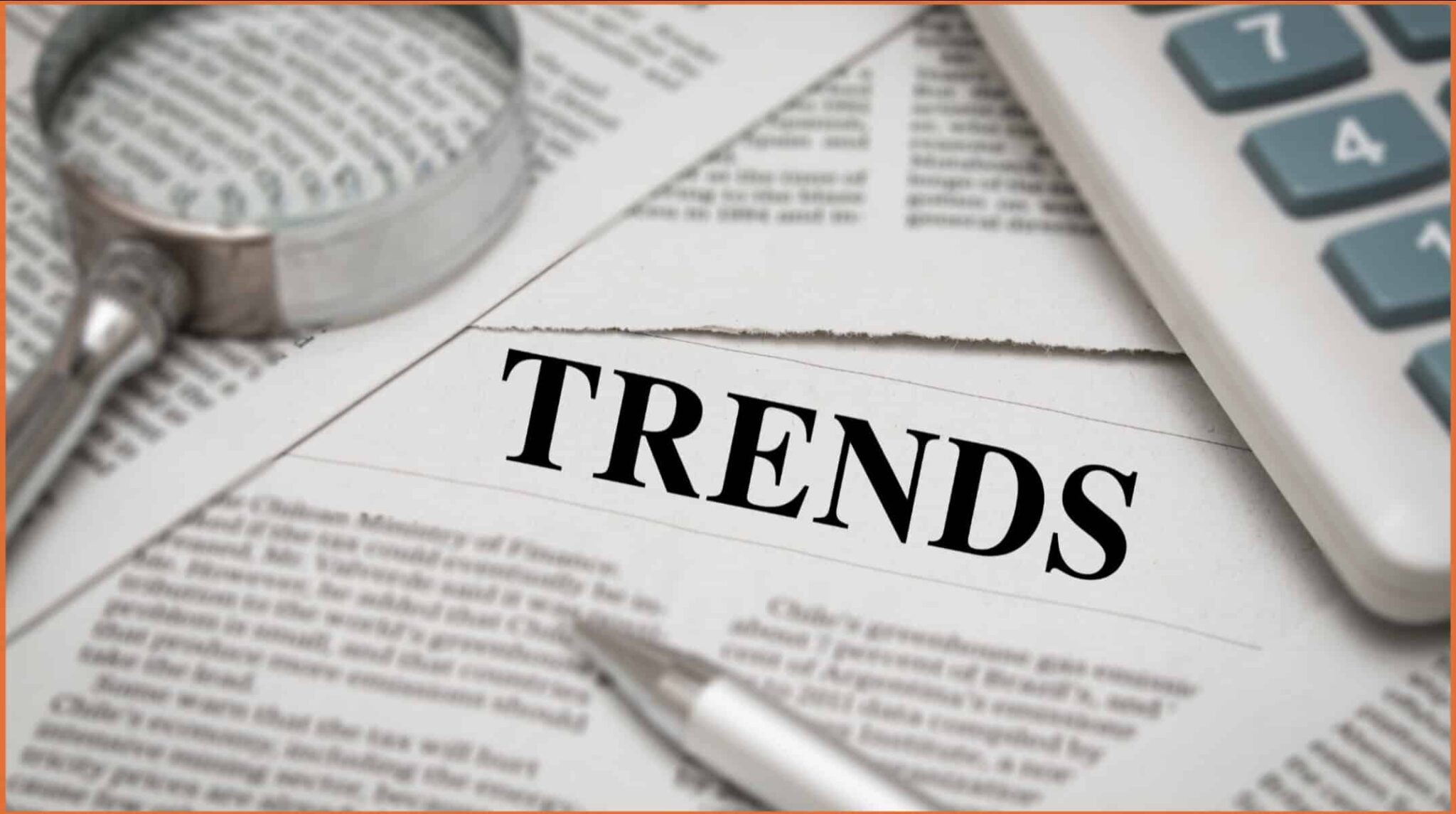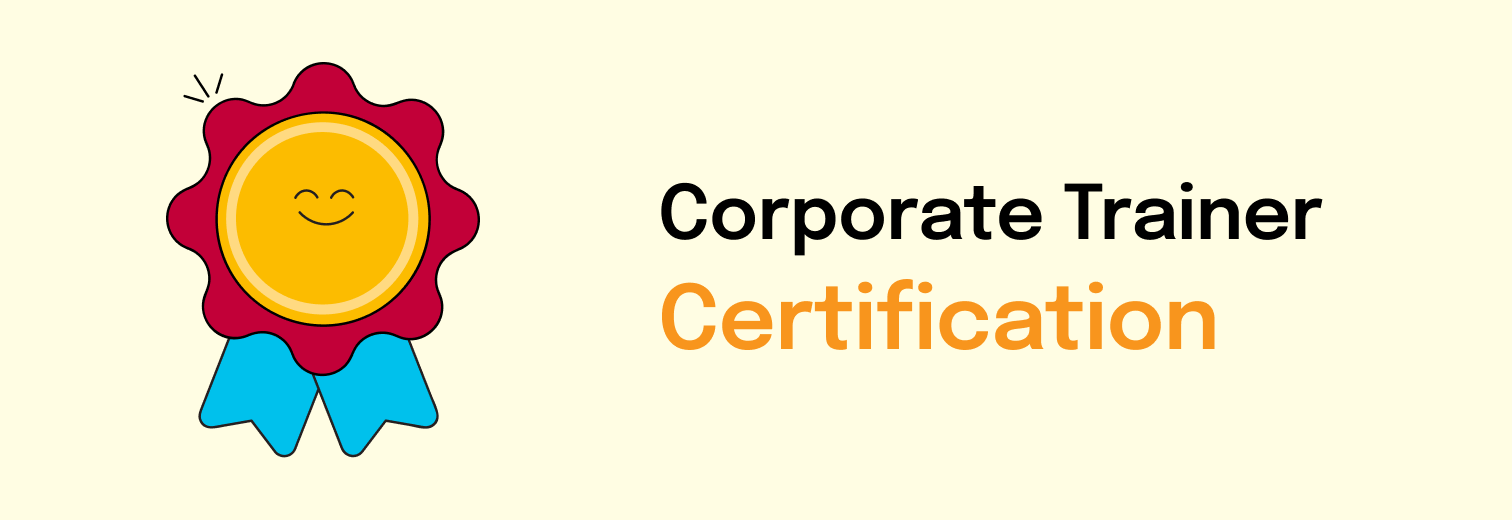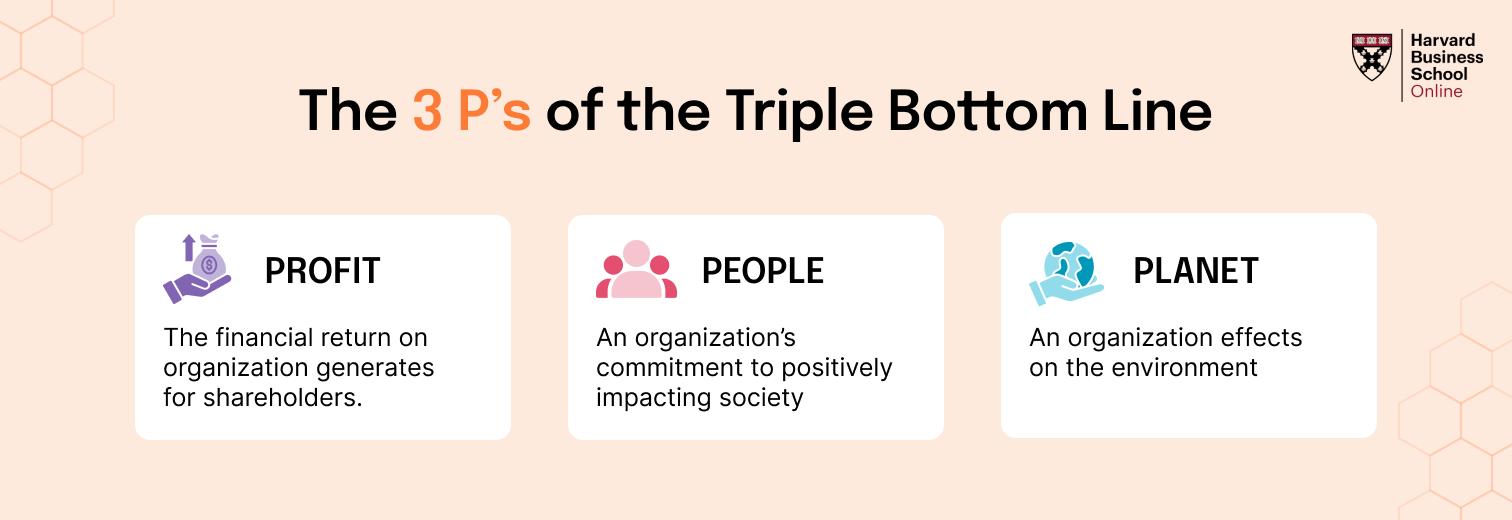We are indeed living in extraordinary times. Over the past few years, the world has witnessed more transformation in leadership and learning than in the previous decade combined. Organizations that thrived were not just those that adapted quickly, but also those that chose to rethink how they lead, develop, and engage people.
As someone closely observing this space, I want to share six leadership development trends that are not only timely, but essential for building a future-ready workforce. These are not fleeting buzzwords, they reflect deep shifts in how people want to work, learn, and grow.
1. A Holistic Approach to Employee Wellbeing
Table of Contents
Back in 2021, physical health and vaccination support were the focus. Today, organizations are realizing that wellbeing is far more layered. It includes mental health, emotional resilience, digital fatigue, and even financial literacy.
Many companies now offer ongoing mental wellness programs, encourage daily check-ins, and use digital tools to measure burnout risks. Some run 21-day habit-building journeys. Others promote mindfulness and emotional regulation through team-based initiatives.
We ran a similar wellness challenge with measurable results. It helped teams form stronger lidaily habits, while giving leaders a shared language around care and performance.
Takeaway: Supporting employee wellbeing is not a one-time fix. It is an organizational capability that impacts retention, energy, and culture.
2. Resilience and Adaptability Are Core Capabilities
In uncertain environments, technical skills alone do not help. Leaders need to be calm under pressure, open to change, and quick to pivot when old plans stop working.
This is where resilience comes in. But resilience today is not about bouncing back alone. It includes embracing failure, reframing setbacks, and learning how to stay grounded during ambiguity.
Training programs now include experiential modules, peer coaching, scenario simulations, and journaling exercises to help leaders reflect and grow from adversity.
Takeaway: Resilience is not an emergency skill. It is a daily leadership practice that needs to be built intentionally.
Also Read: Why Resilience Matters
3. Work Life Integration Over Work Life Balance
The pandemic blurred the lines between professional and personal life. But instead of chasing balance as a destination, more leaders are learning to integrate work with life.
This integration looks different for everyone. For some, it is about time blocking. For others, it is about flexibility and autonomy. Leaders who succeed here listen more, judge less, and model healthy boundaries themselves.
More importantly, organizations are offering psychological safety so people can speak up about burnout or ask for adjustments without fear of judgment.
Takeaway: When leaders acknowledge people’s personal contexts, trust grows. And so does performance.
Also Read: How Leaders Can Foster Psychological Safety
4. Digital Learning That Is Personalized and Practical
Digital learning is no longer a backup plan. It is the backbone of L&D. But endless webinars and passive content no longer work.
What is gaining ground is microlearning, interactive tools, gamified journeys, and virtual simulations. The best programs are short, engaging, personalized, and aligned to real job roles.
We have helped teams shift from long training calendars to focused journeys that include nudges, peer discussions, and action-learning labs. The change in engagement and completion rates is dramatic.
Takeaway: Digital L&D must focus less on content delivery and more on real-life behavior change.
Also Read: Why Online Business Simulation Is More Effective Than Webinars
5. Inclusive Leadership and Purpose-Led Cultures
Remote work opened doors to more diverse talent pools. But it also made inclusion harder. Leaders now must work harder to ensure every voice is heard, especially when face-to-face time is limited.
Inclusive leadership is no longer optional. It is a core competency. It includes checking biases, inviting feedback, sharing credit, and recognizing unique strengths.
Leaders are also being trained to connect people’s work to a larger purpose. People today want to work for something meaningful, not just profitable.
Inclusive, purpose-led leadership helps foster belonging. And belonging builds teams that go the extra mile.
Takeaway: Inclusion and purpose are not side projects. They are the glue that keeps high-performing teams together.
6. Hybrid Team Engagement That Feels Human
In a hybrid world, some people meet often. Others never do. This uneven playing field makes engagement tricky.
Leaders are learning how to bring teams together with intention. This includes rituals like virtual gratitude circles, regular one-on-ones, monthly huddles, and shared wins. It also includes investing in occasional in-person meetups, when possible, to build trust.
At FocusU, we have designed hybrid engagement experiences that blend digital games with facilitated reflection. The results have been powerful. Even distributed teams feel more connected and aligned.
Takeaway: In hybrid settings, relationships do not build themselves. They need conscious effort and creative design.
Also Read: Are Your Team Building Events Delivering the Desired Impact?
Closing Reflection
The world has changed. The workplace has changed. And leadership must change too.
These six trends are not quick fixes. They reflect a deeper truth. People want to work where they feel safe, seen, supported, and stretched. Leadership today is about creating environments where that becomes possible.
Whether you are designing a new program or rethinking your own leadership, I hope this list sparks thought and reflection. If even one of these trends creates a conversation in your team, that is a win.
I would love to know what you are seeing in your organization. What trends are helping? What feels outdated? What is just beginning to take shape?
Because leadership is not a destination. It is a practice. And it is evolving every day.










